The Asian monsoon season is foundational to the region’s economies and livelihoods. Rains from this annual weather cycle are a lifeline to over 60% of the world’s population. It supports Asia’s energy, food, and water security, and it is a part of its culture and politics. As a result, changes in monsoon rainfall have substantial economic and societal impacts.
While the Asian monsoon is vital to regional economies, the heavy rains also can cause loss of life and disruption every year. Research also says that human activity is influencing these vast weather systems, and as the planet heats, monsoon rains could become more chaotic, unpredictable and dangerous.
What Are the Characteristics of the Asian Monsoon System?
The Asian monsoon system brings substantial rainfall to the continent in the summer months, with drier winters. It includes two separate but interactive systems – the South Asian and East Asian monsoon – impacting countries including India, Bangladesh, Pakistan, China, Japan and many more.
The heavy summer rains are caused by a dramatic seasonal shift in wind direction. Monsoon winds always flow from cold to warm, and the shift is driven by changes in the temperature gradient: the temperature difference between the land and ocean. Other factors, such as the location of mountains, also determine where monsoon rains fall.
For example, the South Asian summer monsoon is created by air warming over the Indian subcontinent, drawing in ocean air towards the Himalayas. Deep thunderstorm clouds produce rain months, impacting the lives of more than 1.8 billion people.
Lives and Livelihoods Depend on the Asian Monsoon Season
Asia’s monsoon rains are vital in supporting food security and rural livelihoods. Rice, tea and dairy are among the region’s important produce that relies on the rains. The monsoon also fills wells and aquifers, supporting water security in the world’s most populous continent. Water from the monsoon also generates the continent’s hydroelectric energy, powering the schools, hospitals, and businesses that support local economies.
When the summer monsoon rains are late or weak, economies can suffer. Impacts on food production can risk food security and rural livelihoods, and electricity can become more expensive and even rationed. Conversely, when the rains are too heavy, they can cause significant damage, including floods that submerge cities and landslides that bury villages and destroy crops.
How the Climate and Air Pollution Are Influencing Monsoons
While monsoon rainfall is hard to forecast and varies considerably, scientists say climate change is making monsoons more erratic, resulting in long dry periods and short spells of severe rains. Adding to an already complex system, research shows that local air pollution levels can also influence regional monsoon conditions.
For example, observational data has found that India’s southwest monsoon rainfalls have declined over the past century. Experts say that the heating ocean has weakened the temperature gradient that drives the monsoon winds, causing a decline in monsoon rains.
Scientists have also attributed aerosol emissions to India’s weakened monsoon. These pollutants reflect solar radiation, which has a cooling effect on land and, therefore, also weakens the temperature gradient. Aerosol emissions have been the dominant driver of India’s weakened monsoon since the 1950s, says the Intergovernmental Panel on Climate Change (IPCC).
Yet, in the long run, a warming world may have the opposite effect, with higher carbon dioxide emissions leading to stronger monsoons in India, said Professor Andrew Turner, IPCC author and scientist studying monsoons. One study found that summer monsoon rainfall in India could increase by 5% for every 1°C increase in global temperatures. Another study predicts that monsoon rains might become more intense in the future – not due to climate change, but because of reductions in air pollution in Asia.
Air pollution can also impact the timing of the monsoon rains. One study by NASA found that the heating impact of aerosols – such as black carbon from industrial emissions, biofuel burning and forest fires – can trigger rains to arrive early, which lengthens the Asian monsoon season.
While the science is complex and evolving, experts agree that humanity’s impact on monsoons could have implications for millions across Asia.
Climate Change Is Making Monsoon Rainfall More Damaging
As well as destabilising monsoon winds, climate change has broader impacts on monsoon-affected regions. As WMO Secretary-General Petteri Taalas explains: “Climate change is increasing the risk of extreme rainfall events, flooding and coastal inundation.” This means that when heavier monsoon rainfall does occur, its consequences for people and economies can be even more damaging.
For example, Pakistan’s catastrophic flooding in 2022 resulted from glacial melt and a monsoon UN Chief António Guterres described as being “on steroids”. The floods submerged one-third of the country, and Pakistan’s health and economy remain devastated even one year on.
Likewise, India’s monsoon in 2023 arrived late and was extreme, causing flash floods, landslides, damage to buildings and farmland and loss of life. The consequences spread outside India’s borders, with damage to rice crops that sparked fears of a global food shock. Such impacts are consistent with forecasts for a warmer climate. “For every degree of global warming, heat waves when they happen get hotter, heavy rains get heavier and thus as a result, mountainous regions will see landslides, and it can lead to inundation of agricultural regions and crop damage”, said Andrew Turner.
An Uncertain Future for Asia’s Summer Monsoon
How the Asian monsoon will change in future will depend on the extent of global heating and air pollution management. While aerosols only exist in the atmosphere for a week or two, adequate regional air pollution measures could quickly reverse their impact on monsoons, researchers explain.
However, the warming effects of greenhouse gas (GHG) emissions are much harder to mitigate, as they linger in our atmosphere for decades or even hundreds of years. Therefore, only a concerted global effort to reduce GHG emissions can limit the long-term climate impacts on the Asian monsoon.
Evelyn Smail
Writer, United Kingdom
Evelyn is a freelance writer and journalist specialising in climate science and policy, the just energy transition and the human impacts of climate change. She writes for independent publications, NGOs and environmental organisations. Evelyn has a background in sustainable development, climate justice and human rights.
Evelyn is a freelance writer and journalist specialising in climate science and policy, the just energy transition and the human impacts of climate change. She writes for independent publications, NGOs and environmental organisations. Evelyn has a background in sustainable development, climate justice and human rights.

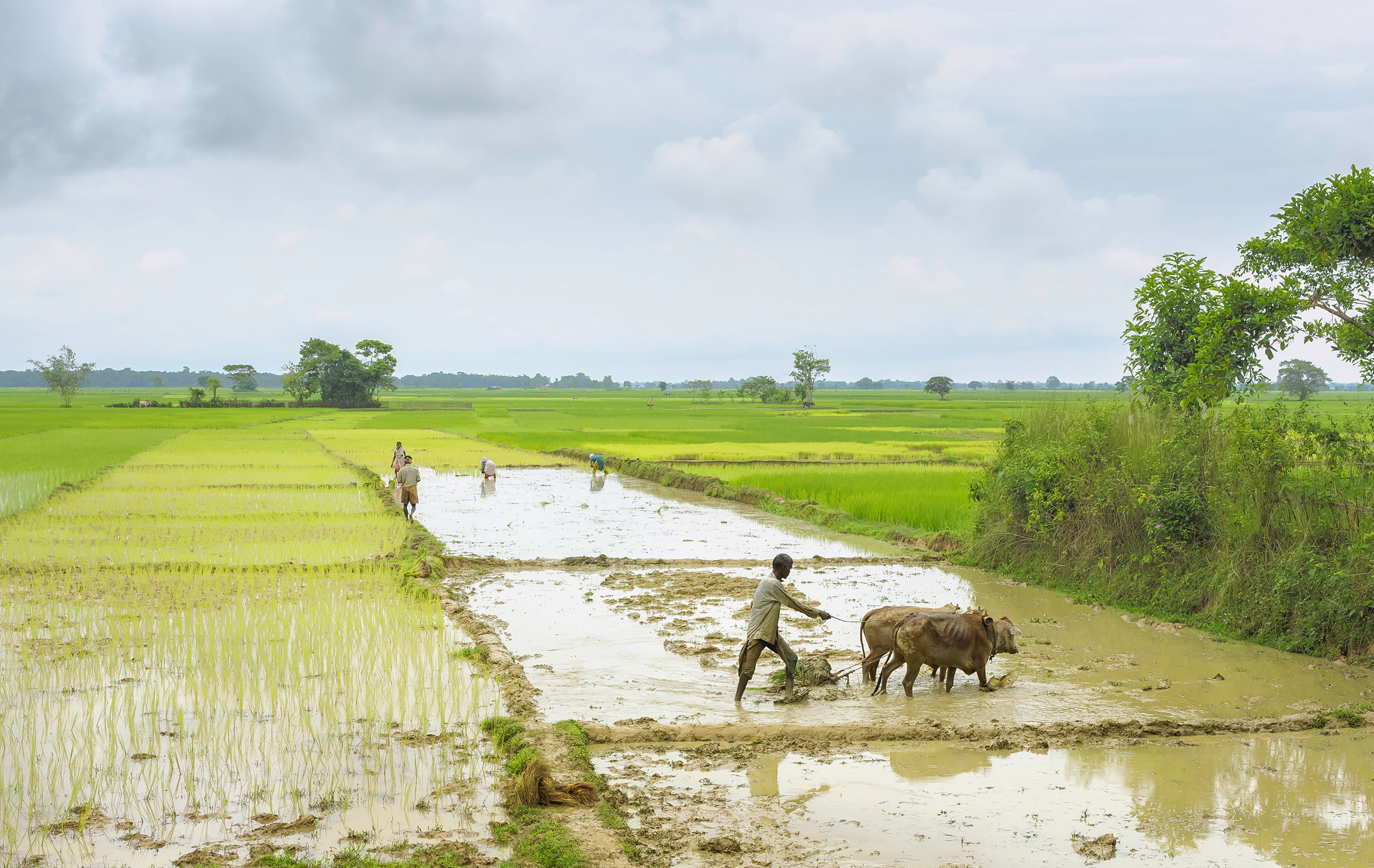
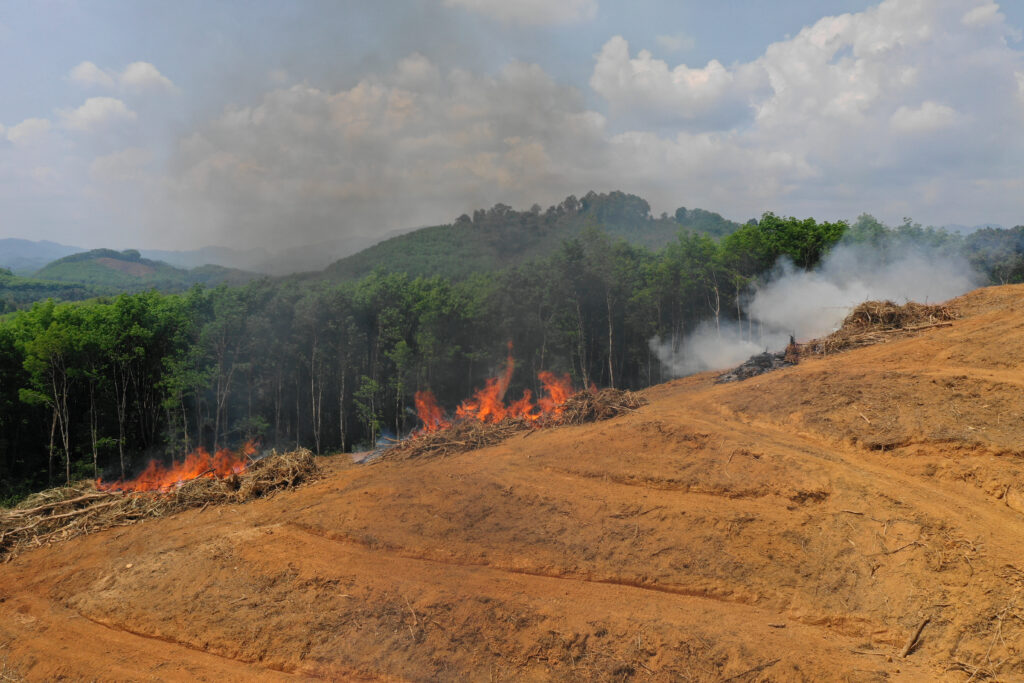
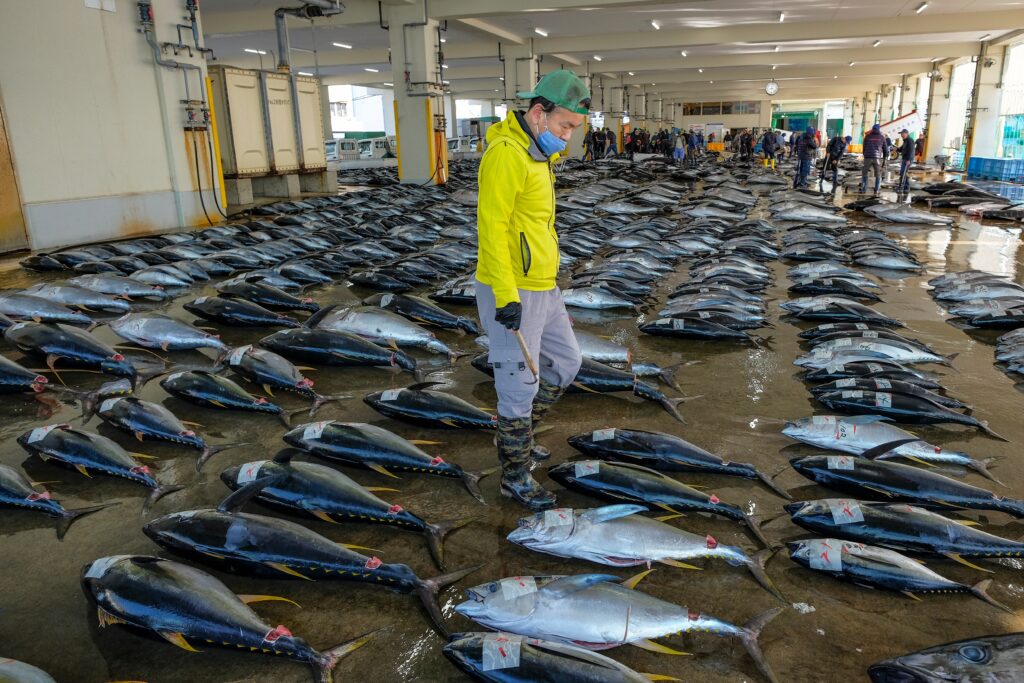

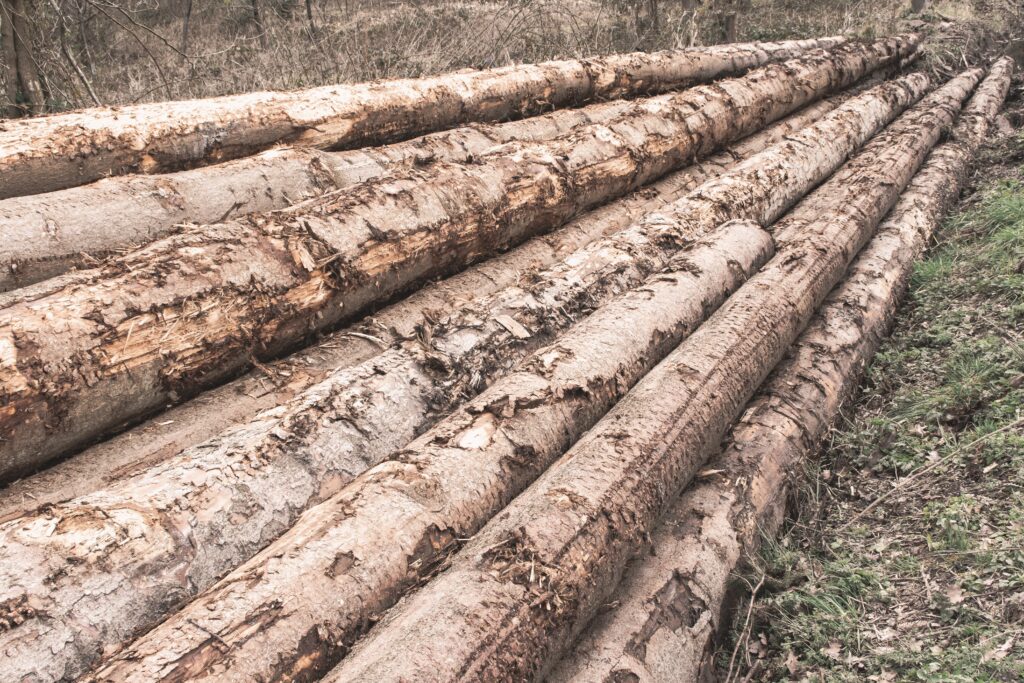
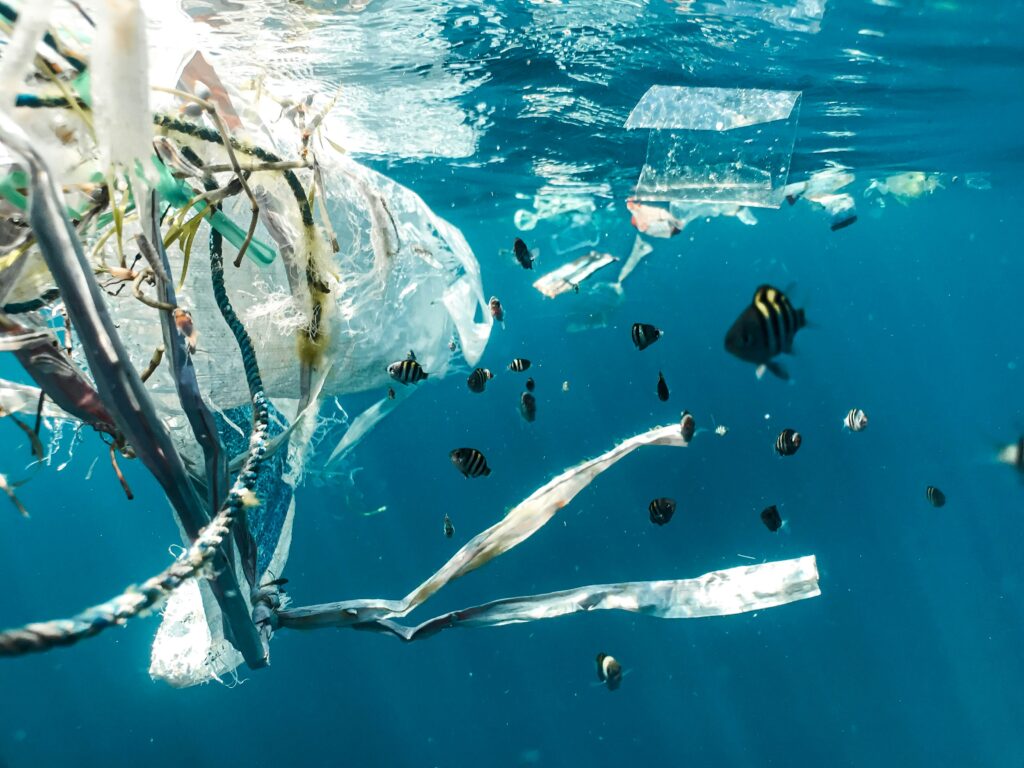
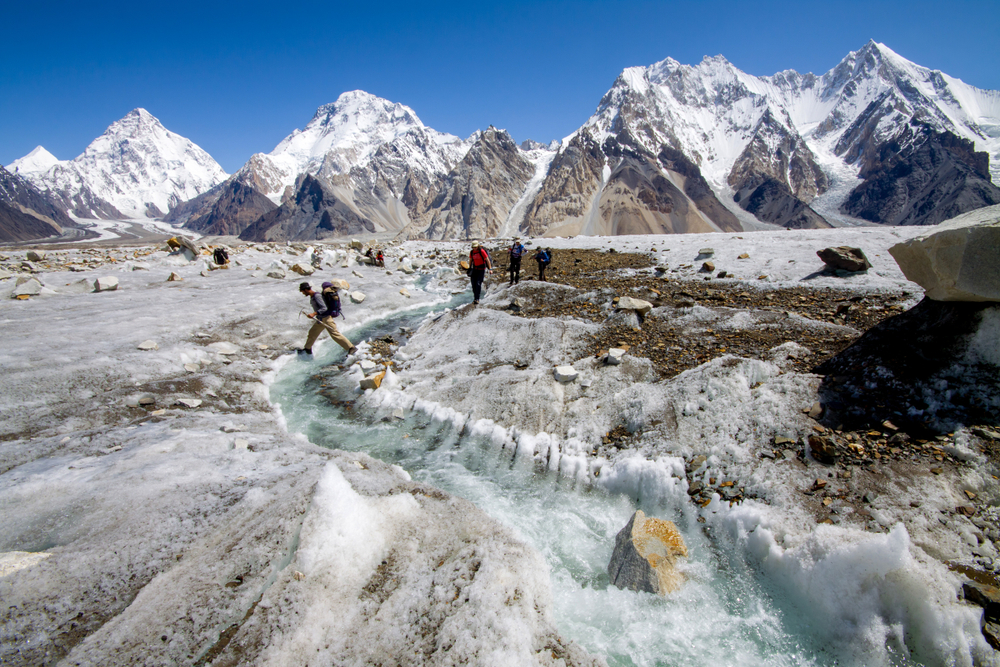

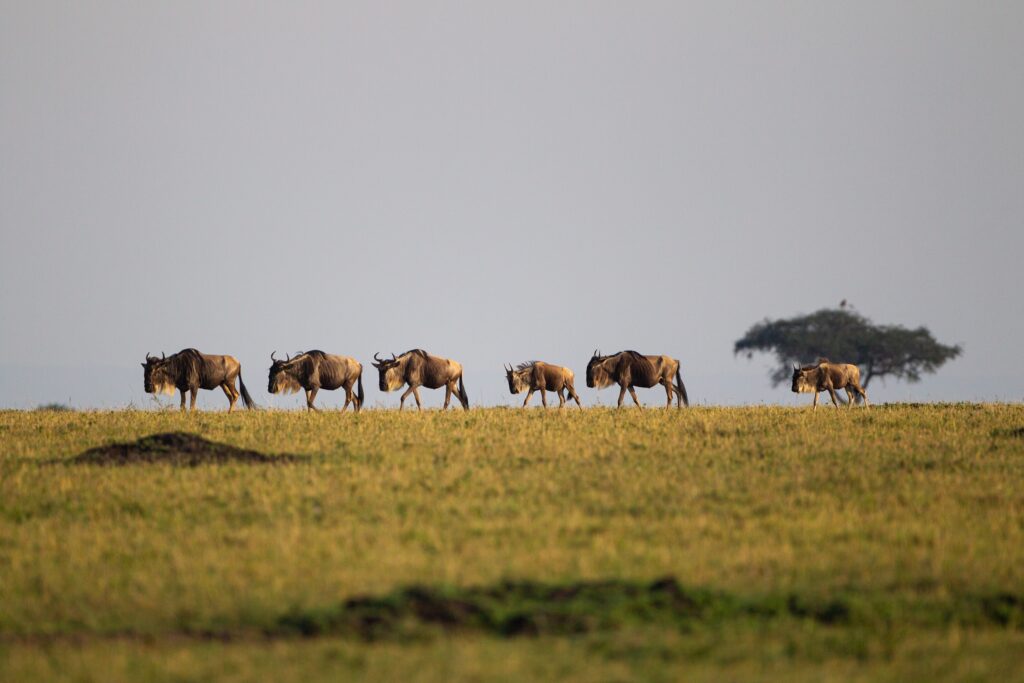
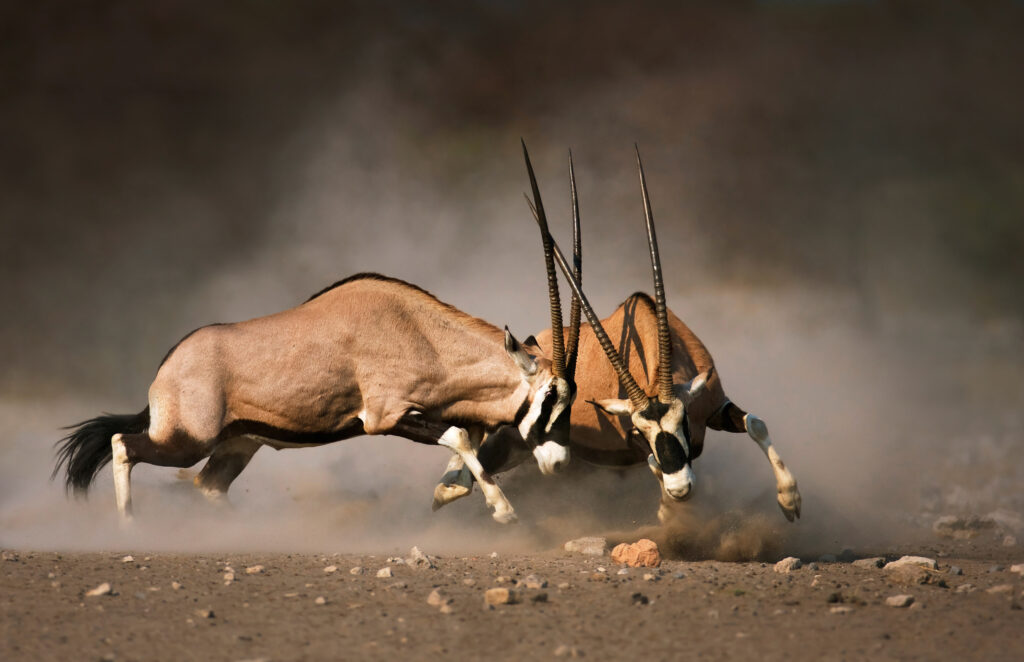
![Central Asia’s Vanishing Snowpack: A Real-Time Crisis Unfolding in 2025 [Op-Ed]](https://www.climateimpactstracker.com/wp-content/uploads/2025/10/shutterstock_2680425247-1024x576.jpg)


